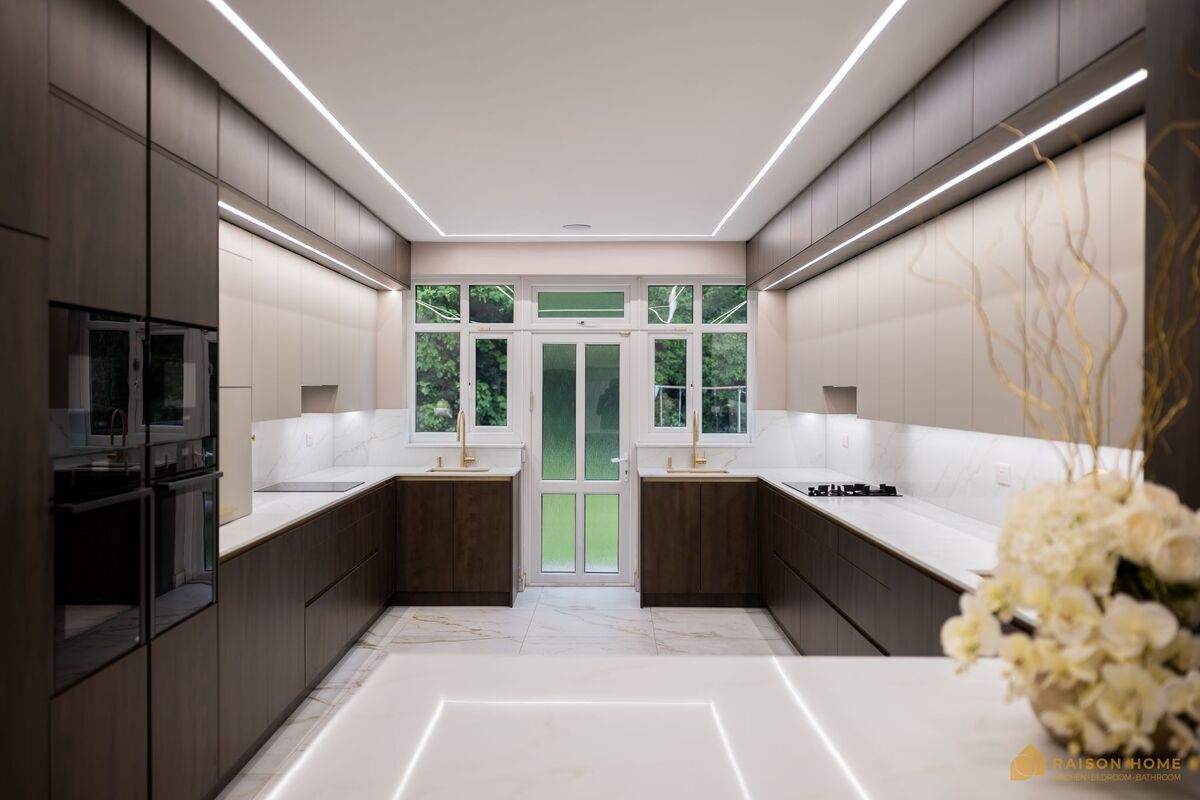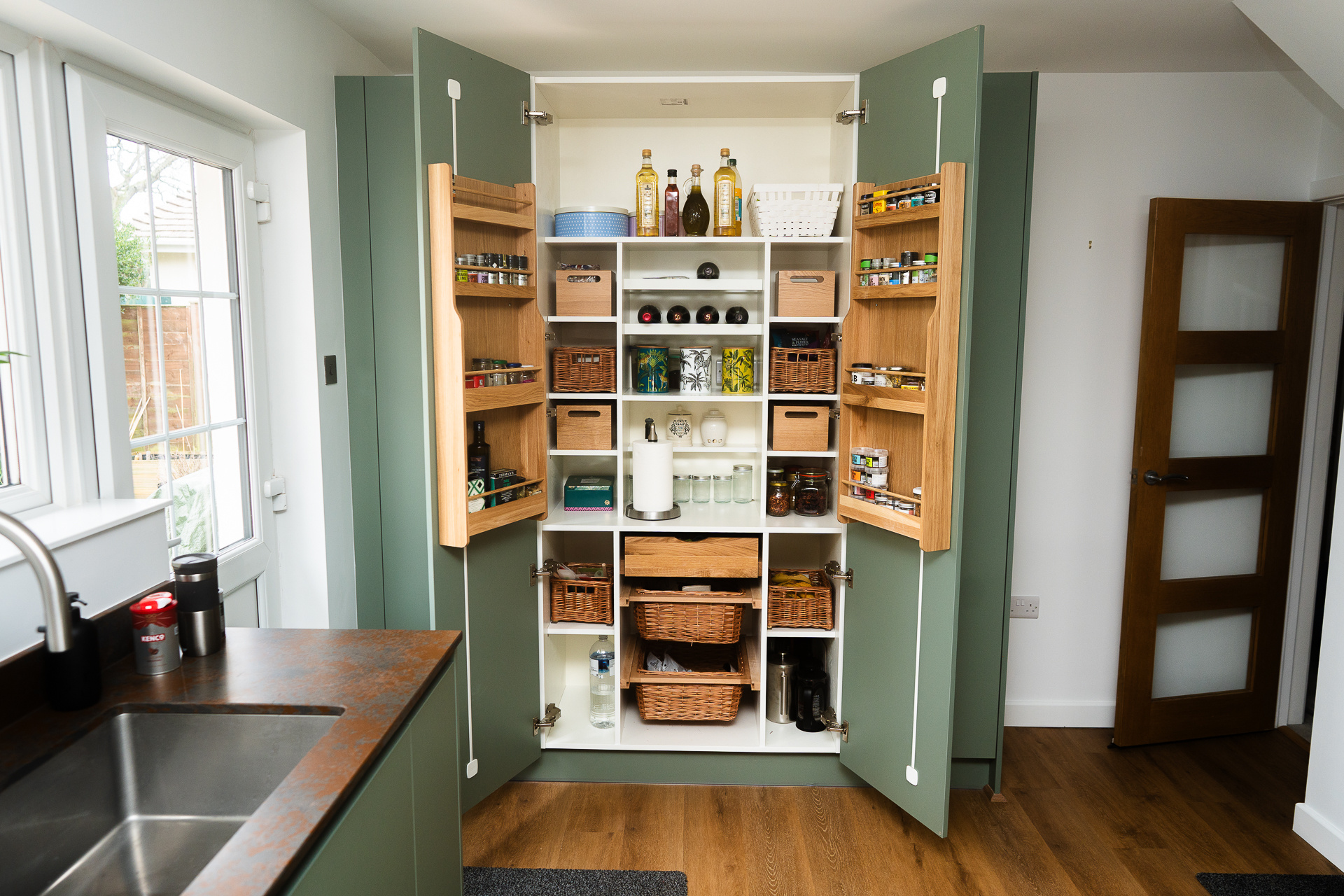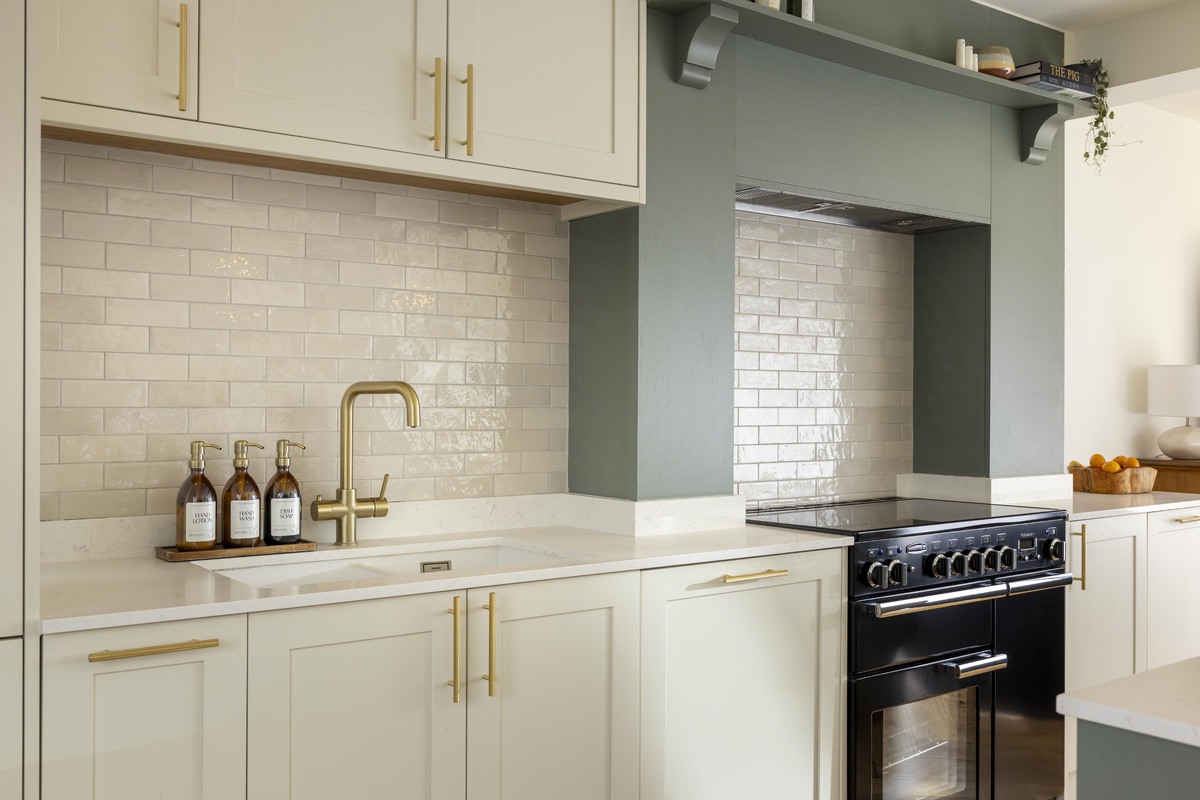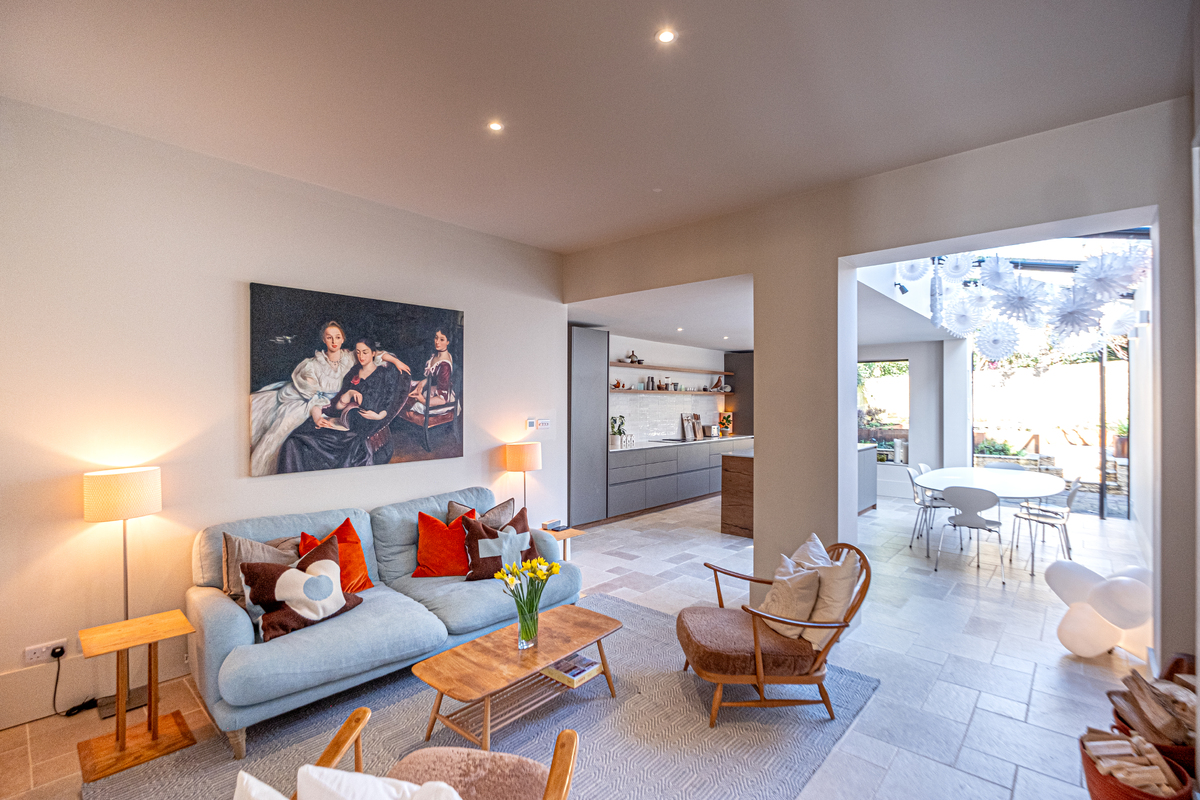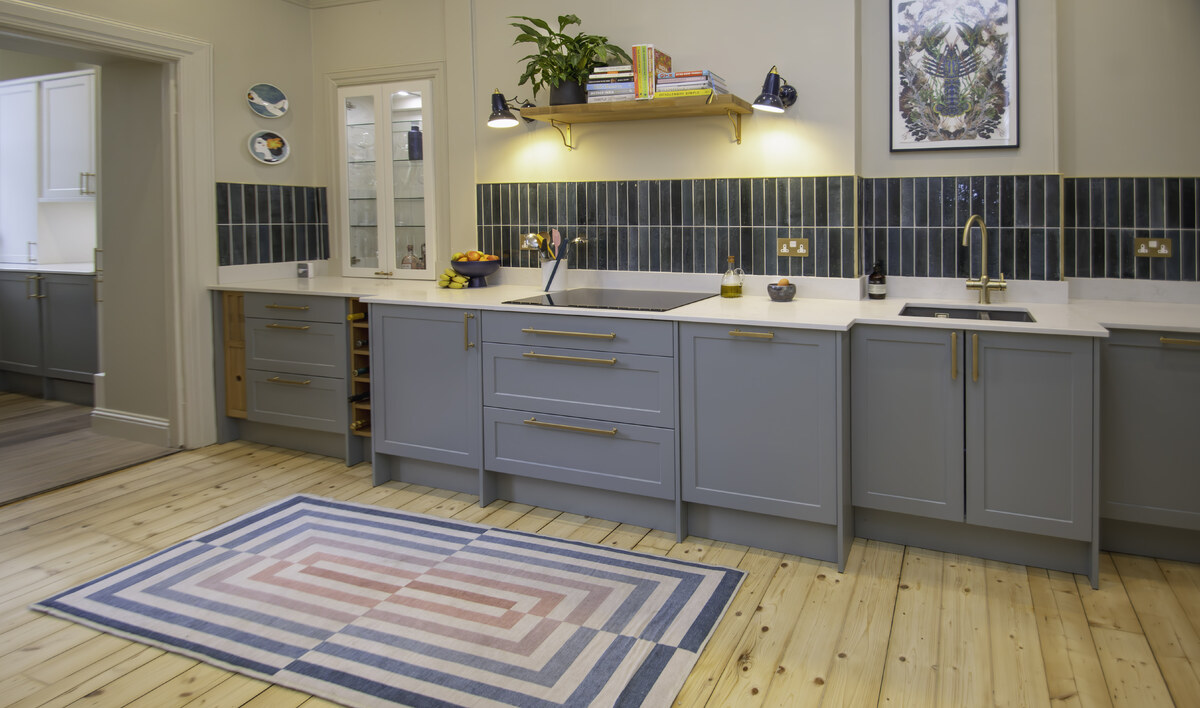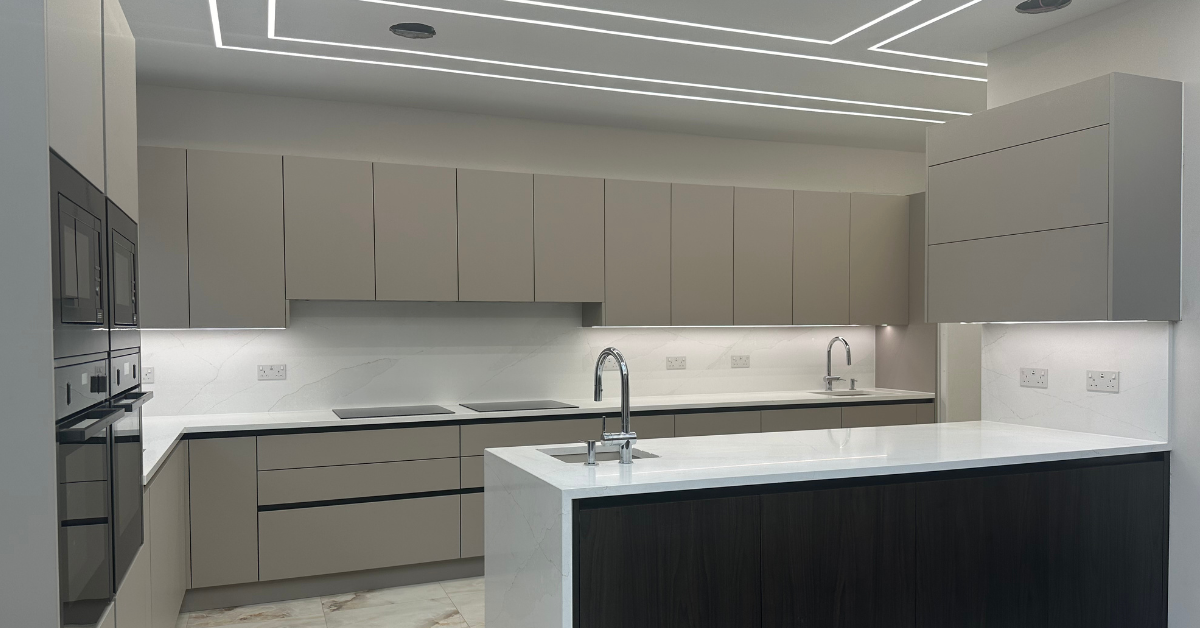Built-in appliances are an essential part of any new kitchen project, with a driving force to streamline design and make kitchens look cleaner and more minimal - built-in appliances have become the norm. Today we will share some of our top tips, and what we think are the essential built-in appliances.
For the larger appliances, such as Fridges, Freezers, Dishwashers, Washing Machines & Tumble Dryers, planning is key, Ideally you will know the layout of your new kitchen design and would have planned out what should be going where with your kitchen designer. This is all needed information during the layout stage - make sure the taller appliances (fridges and freezers) are placed sensibly in the room and not just in the centre, and that things that require water sources and drainage (Dishwashers, Washing machines and Tumble dryers) are placed near the waste water outlet - traditionally this is close to the kitchen sink.
The Oven
These days freestanding ovens and hobs apart from the traditional style of range cookers, are a thing of the past. Virtually all newly designed kitchens feature either a range cooker, if it is a more traditional shaker style kitchen or a built-in oven and hob.
Built-in ovens can be placed in a lot of different places in the kitchen - the most common are either on the bottom row of units or in a tall unit. Our preference where possible is to put them in a tall unit - about mid height, making them more ergonomic, easier to see what is going on in them and also to use them.
Putting an integrated oven in the floor/ base units means you have to bend down to see what is going on and that constant movement can lead to problems for you. It might be ok for a season on Bake Off, but it’s not something we’d recommend to you - considering it will probably be there for the next 15 years.

Hobs
Much like the oven, hobs have almost all become built-in too. Hobs are slightly easier as to how they get fitted, but they a lot more options to them, we’ve listed the 3 types below along with how long each takes to boil two litres of water (on average).
Gas, The OG hob - the original and, up until recently, the standard cooking method. Gas is great for faster cooking and being able to see the heat involved.
Approx minutes to boil; 8:55
Ceramic - Electric, ceramic hobs came into play a little while ago, pushing us towards electric use rather than gas. They were good, but generally slow at heating up and then normally took a long time to cool down.
Approx minutes to boil; 9:00
Induction - Ceramic hobs have been mostly overtaken by Induction hobs and induction are now almost the modern standard. These hobs use magnets to direct heat straight to the pan, and not the area around it - making them a lot more efficient then normal ceramic hobs; similar to how wireless charging works on most mobile phones.
Approx minutes to boil; 4:41
Induction hobs are going to be real winners in the future - but some people still prefer gas.
Extractors
Now that we have talked about hobs, we have to talk about extraction as some of our top tips combine the two!
There are a lot of different types of extractors on the market - but we are only going to cover the 2 main types .
Normal extractors - these are mounted onto the walls or ceilings, and our best used with Hobs on the main run of your kitchen
Downdraft extractors and venting Hobs - these two items are very similar, both operate in a similar way; which is they suck the steam and air in closer to the pan, unlike a normal extractor which gets it further up in the air. The difference in these items is simple - One downdraft is a separate extractor that you have to fit near your hob, the venting hob has the extractor built-into it. Our top tip is; these are brilliant for being mounted on an Island - both do not obstruct your view or make your island look clunky, if you're trying to keep on the family while you're cooking dinner these are fantastic!
Quick Tips
Fridges/ Freezers
A lot of built-in fridges and freezers come in a couple of different sizes and versions depending on your space and how you use them.
Cook fresh - Consider getting a large fridge and only a small freezer section like a 70/30 split, or tall fridge and separate chest freezer
50/50 - need a good mix of both fresh and frozen food - then get a 50/50 split one, these offer a better split for most people
Larger family or a food hoarder - if you have the space consider getting separate built-in fridge and freezer, these appliances are normally about 1700mm tall and have tonnes of space for both, when fitted next to each other they are the closest thing you can get to an integrated American style fridge/freezer
Dishwashers
They come in 2 standard sizes - 450mm or 600mm, compact or standard. Choose what you need for your living conditions, for example; having a 600mm dishwasher and living by yourself if impractical, it would be almost impossible to fill the dishwasher - you’ll probably run out of plates before needing to turn on the dishwasher, whereas having a compact one for a family of 5 means it will probably be on every night.
Washing Machines/ Tumble Dryers
Built-in washer dryers have come a long way in recent years and with new heat pump technology they are even more efficient. If you are tight on space - i would advise getting a washer dryer rather than just a washing machine as you will only have to find somewhere to dry your clothes.
Microwaves
This is a bit of an odd one; you can get built-in stand alone microwaves, i.e. microwaves that still look like microwaves, but built-in. They are a nice stand alone item - but can be prohibitively expensive, given a choice we would stick with a normal microwave!

The Appliance Garage
This is not a built-in appliance, but more about making your smaller appliances almost built-in .
Most of us want more worktop space - we want to clear the worktops of the toaster, bread maker and coffee machine - why not install a tall unit or pantry unit in your new kitchen and fit some plug sockets in it. This way you can hide your smaller appliances behind a door - but they are still usable, tucked away in their new home out of sight.
Using built-in appliances where you can is crucial to making a happy and harmonious kitchen, for help your new kitchen project contact one of our home designers today







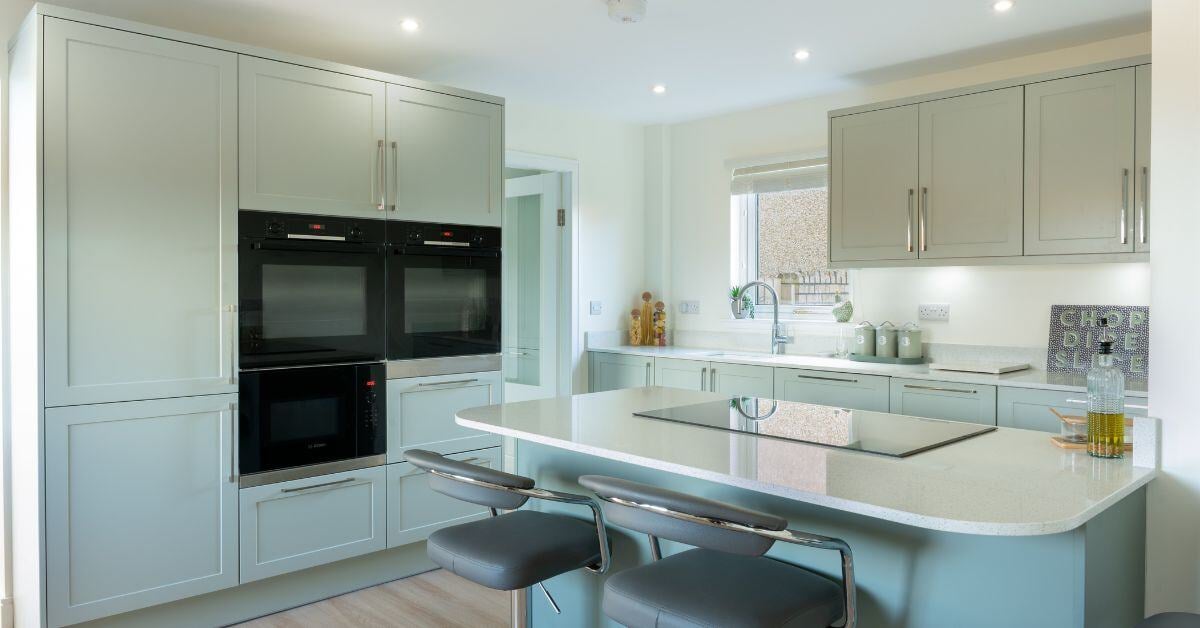
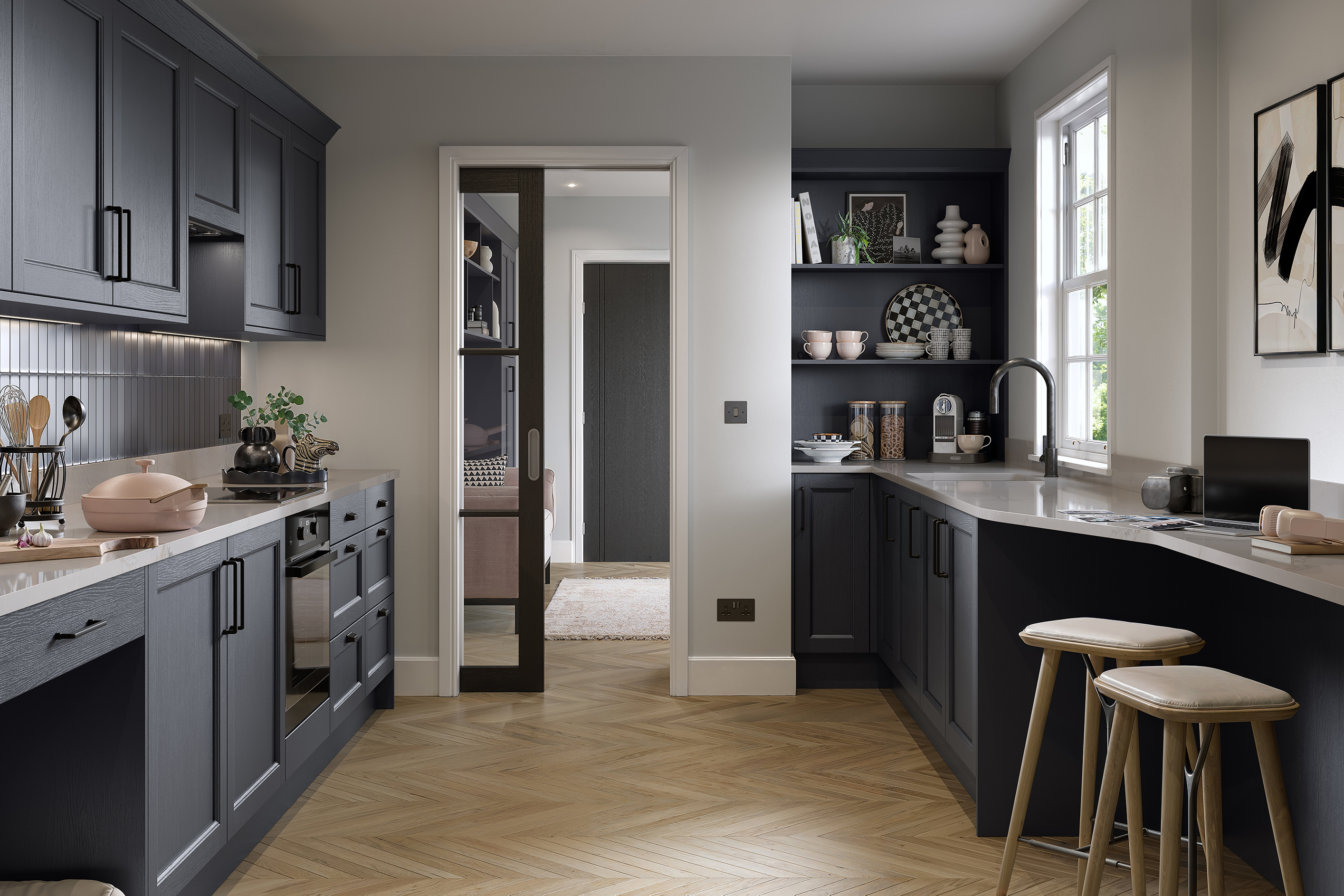
-1.jpg)
